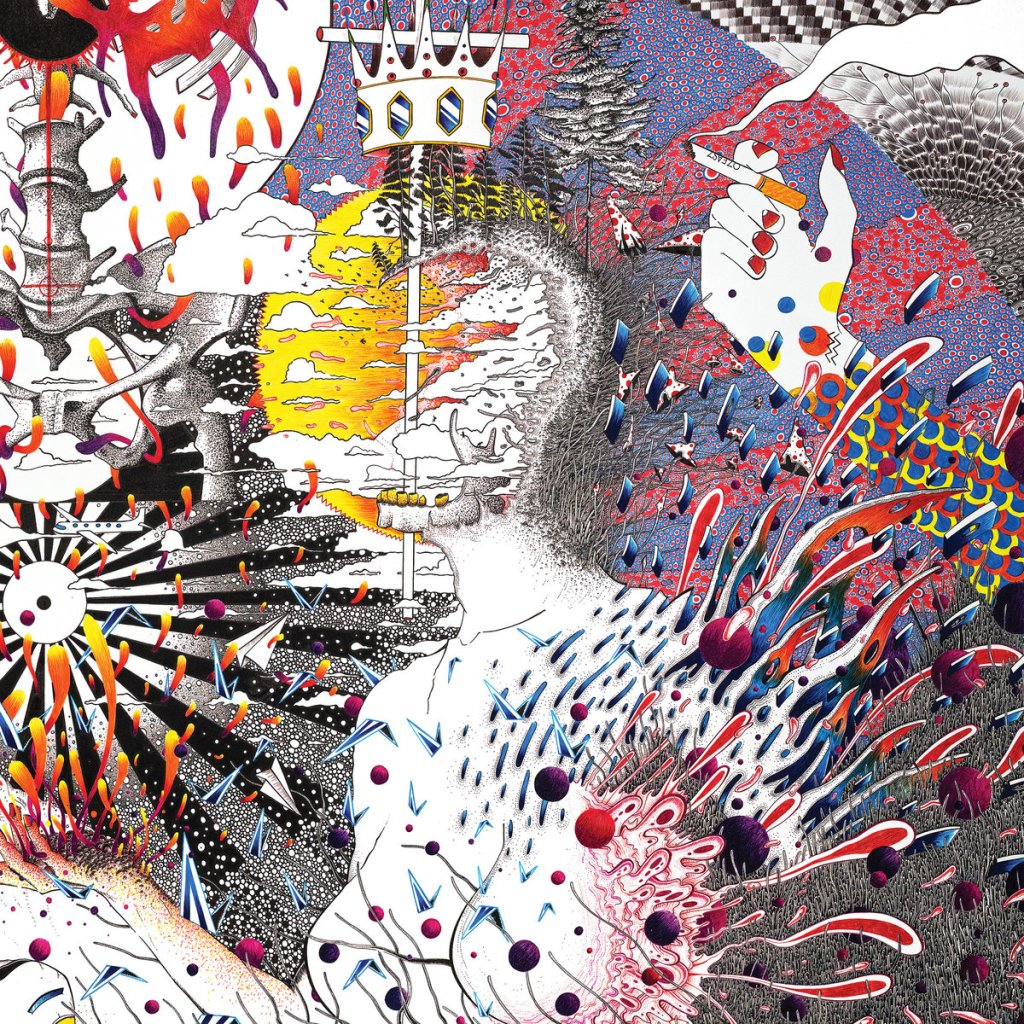
by Ben Hogwood
What’s the story?
This is an eagerly awaited solo album from Adam Wiltzie, once part of acclaimed duo Stars Of The Lid with the much-missed Brian McBride.
For this album, he looks to anaesthetic drugs for inspiration, recreating in a musical sense the feeling of induced sleep, where cares are parked and the brain is slowed.
Aiding him with production is Loop‘s Robert Hampson.
What’s the music like?
Some ambient music immediately makes you go “Aaah…”…and that is definitely the case with Adam Wiltzie, who sets out on a serene journey with these pieces.
They may not be fugues in the musical sense, but there is a sense of precision, a stately profile where each note carries equal importance.
The evocatively titled Buried At Westwood Memorial Park, In An Unmarked Grave, To The Left Of Walter Matthau, runs in two slow parts, its supporting ambience soft in focus but not in content.
Robert Hampson’s production supports Stock Horror, where a sonorous drone underpins an elegant chord progression. Dim Hopes adds bell-like chimes up top, while the drone takes on a new dimension in the deep, rumbling bass of Mexican Helium. A similar power can be felt in the broad scope of As Above Perhaps So Below.
Does it all work?
It does, especially if the album is experienced as a single musical canvas.
Is it recommended?
Without hesitation. It is reassuring indeed to have this release from Wiltzie, whose poise and stature in modern ambient music will only be enhanced by this special album.
Listen & Buy
Published post no.2,162 – Sunday 27 April 2024





